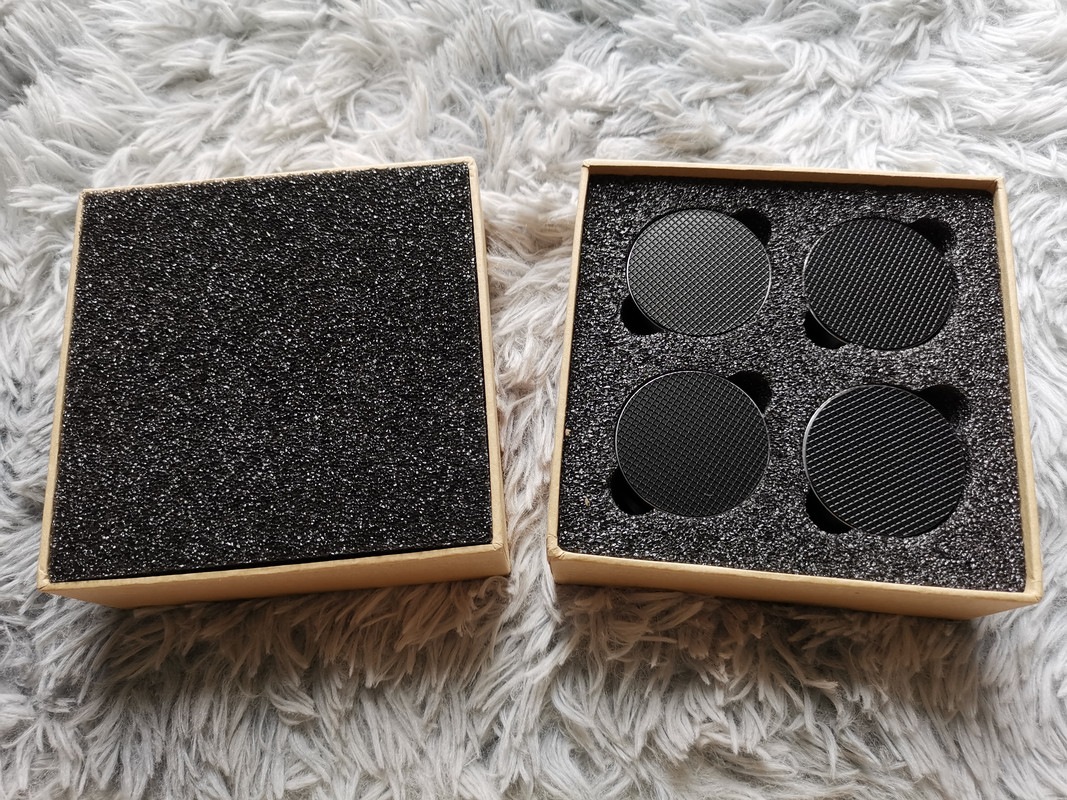@ryder I ordered the Nobsound springs, arriving tomorrow. I have a few questions …
1. Which component stands to benefit the most? Dac, amp, or streamer? Eventually I might get more sets but want to start small.
2. My amp is the Audio Hungary a50i. It’s about 55 lbs and like many tube amps, it’s much heavier in the back due to the transformers. Is there any specific configuration I should start with?
3. Do I place the springs under the existing footers on my component or underneath the chassis itself? If in case it’s the latter, do I need to remove the factory installed footers?
@arafiq sorry for the late response.
1. I have only tried the Nobsounds under the amp and DAC. The Nobsound will have an effect to everything that’s being supported. However, it is crucial to experiment with the number of springs to find the best configuration. This is the only disadvantage of the Nobsounds. I removed the Nobsounds from the DAC as the optimal compression of the springs could not be achieved due to the light weight of the DAC. The Nobsounds currently remain on the amps in my main and second systems.
2. The key is to get an almost similar compression for all footers ie. same gap between the top and bottom pieces. You may start with 2 springs at the front, 3 springs at the rear then slowly increase to 3 springs front, 4 springs rear. If it is a lot heavier at the back, you may try 2 springs front, 4 springs rear etc. Personally I prefer a larger gap which is about 50% compression of the springs. There is no other way than to try and listen for yourself as everyone hears differently and has their own preferences.
3. Below chassis is the recommendation, 3 or 4 footers for each component. Having said that, I placed the footers directly under the feet of the Luxman as I’m afraid the chassis could not support the weight of the unit. (> 60 lbs).






